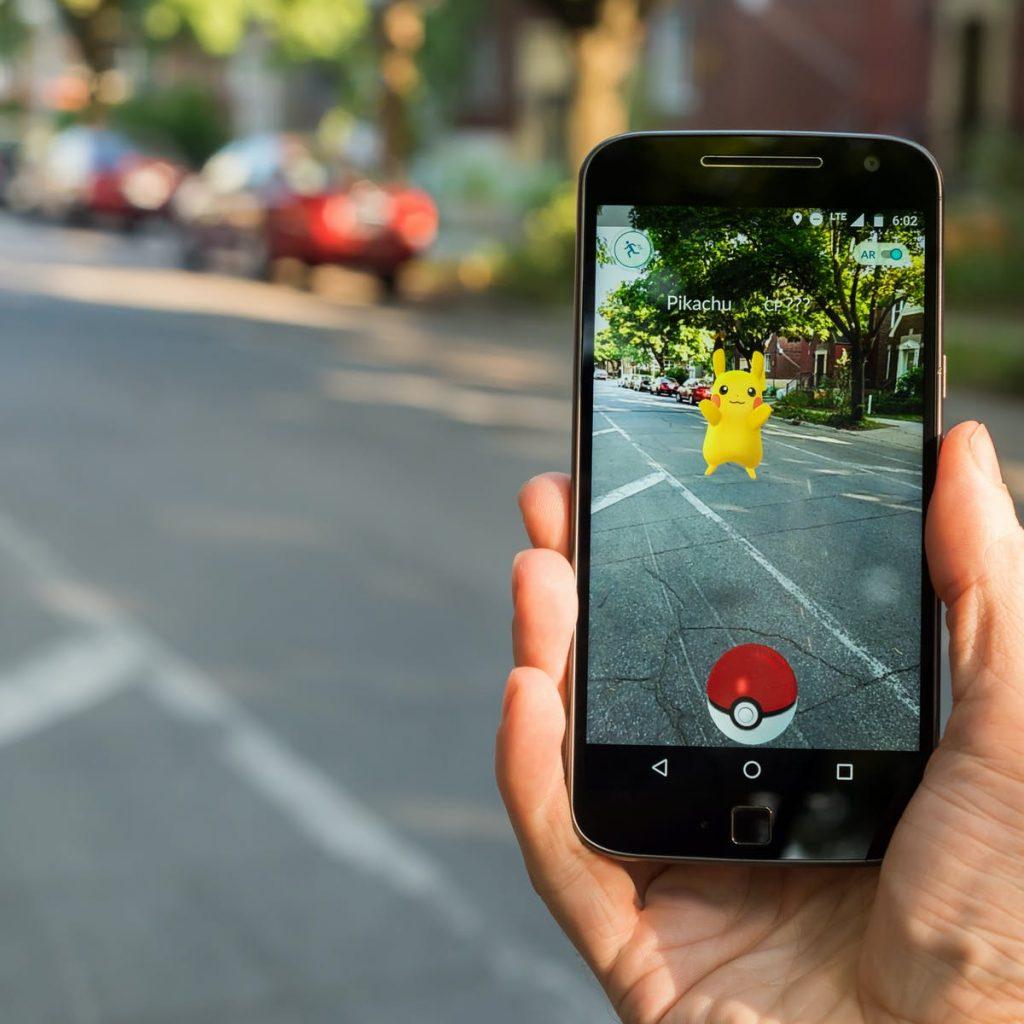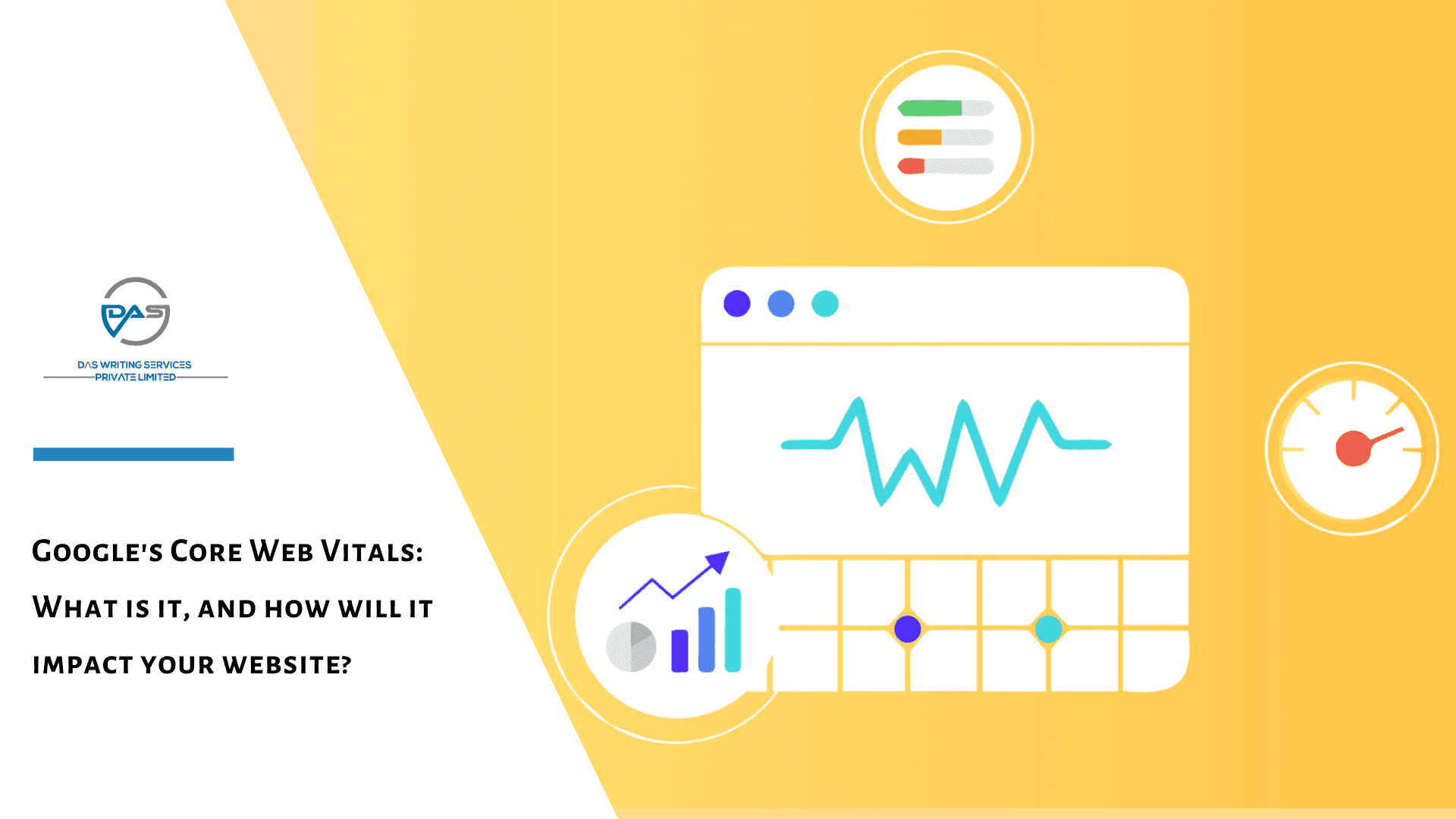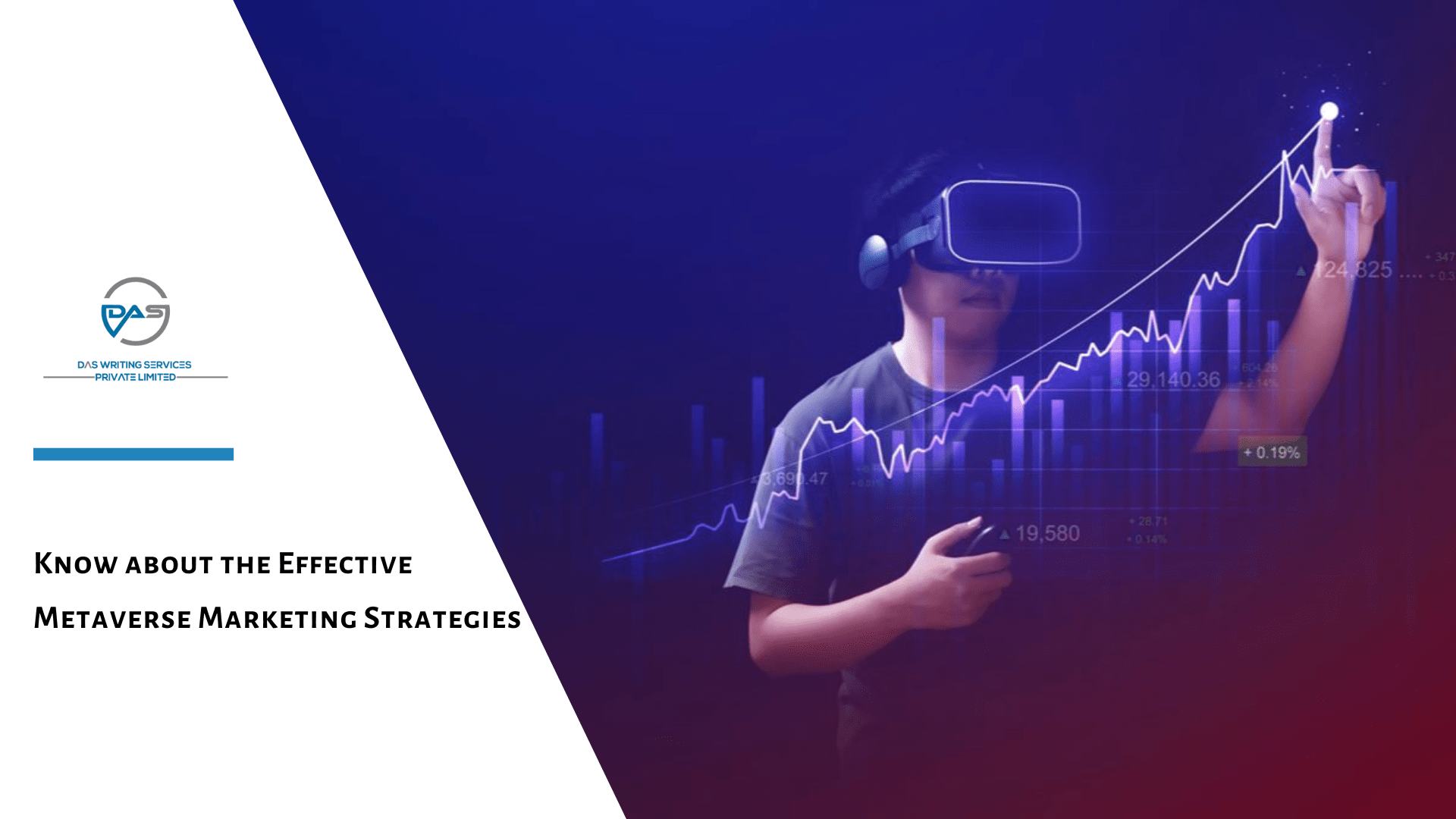In today’s world, the boundaries between the real and virtual worlds have become more blurred than ever.
360-degree Virtual Reality headsets and smart glasses are some of the immersive technologies that have become household names. Products like the very popular Occulus Rift and Google Glasses complement and modify reality with digital content and allow users to experience a real-time feel of the objects around them.
Applications of immersive technologies include Augmented Reality (AR) and Virtual Reality (VR) and extend way beyond just games.
Sectors like medicine, education, business, architecture and tourism take full advantage of immersive technologies. In the following sections, we will take a look at various immersive technologies and their applications.
Immersive technologies can transform the way we work.
What are Immersive Technologies?
The term ‘immersive technologies’ encompass several technologies that create or extend reality with an immersive and interactive environment.
These leverage a 360 space/sphere around users who can view in any direction and interact with simulated objects.
Some types of immersive technologies work by overlaying computer-generated digital images in a real-world environment. Others offer full immersion by creating a new reality completely shut off from the rest of the world.
There are mainly 5 types of immersive technology. These are:
- 360-degree video
This is the most basic and familiar immersive technology out there, involving a video recording in every direction viewed from a VR headset.
Nowadays, 360-degree is very popular, and you can easily find them on YouTube and Facebook. This new format is popular among both content creators and brand-sponsored content and is a staple for gaming.
- Virtual Reality technology
Virtual Reality (VR) describes a technology that completely immerses the user in a digital world, detaching them from their surroundings. VR systems use head-mounted displays (HMD) to capture content all around them, making the virtual world seem real.
There are several mobile VR devices like Samsung Gear VR or Google Daydream headset.
‘True VR’ refers to certain devices like Occulus Rift, HTC Vive and Playstation VR etc., with very powerful HMDs. These have separate sensors that keep track of eye movement to adjust the VR content.
- Augmented Reality technology
Augmented Reality (AR) is an immersive technology where digital content is overlayed in a real-world environment to directly engage and provide interaction with the user. People can use different devices like smartphones, tablets, projectors and wearable devices to view and interact with content that intersects with the physical world.
A familiar example is Pokemon Go, a popular game where people can walk around with their phones in their neighbourhood. Other examples include Google Glasses and Snapchat filters.
Did you know? Pokemon Go is one of the earliest successful Augmented Reality technology!

- Mixed Reality technology
Mixed Reality (MR) is a combination of VR and AR technologies.
MR uses an HMD like VR headset but doesn’t shut off the user from the world. Similar to an AR, it uses a pair of glasses to overlay images on top of a real-world environment.
Microsoft HoloLens and Magic Leap are some MR (also called AR 2.0) headsets.
- Extended Reality technology
Extended Reality (XR) is a new technology that will use VR, AR and MR technologies to create a new experience.
It’s theorised that Mobile XR could replace many widely used devices, including a smartphone, with one wearable device. Currently, Qualcomm is working on the XR technology.
Applications of Immersive Technology
Besides gaming, there are many benefits of immersive technology.
These are discussed as follows:
- For education
A 360-degree video recording is a new and advanced medium to let students explore spaces. Using a VR headset and projector screen, students can experience guided tours, storytelling and explore unreachable places.
For example, a history presentation on VR allows visualisation that isn’t possible through textbooks. Immersive technology in education can also teach students practical skills in simulated environments without real-life dangers.
- In healthcare
The Healthcare sector has been an early adopter of immersive technologies, using them for both patients and doctors.
Immersive technology can be used to provide a distraction to patients suffering from extreme pain as an alternative to opioids. It can also help to improve the communication abilities and social interactions of those under the autism spectrum.
Junior doctors and surgeons can train themselves to practise complicated surgeries using VR and AR.
Surgery training simulation with VR.

- Engaging in art
Many museums today use immersive virtual reality to help visitors engage with art and feel a connection towards the artists.
With this, visitors no longer have to look at a famous piece of art from a distance as they can interact with it. They can use VR to immerse themselves in a painter’s studio or find themselves in the landscape of the art.
- Marketing and advertisement
Many innovative companies have started using immersive advertisements to display interactive advertisements.
Not only do these enhance the engagement of the audience considerably, but they also allow advertisers to get better feedback. There are also new experimental marketing methods where brands set up interactive booths in malls, fairs and sporting events.
- In travel industry
Another immersive technology trend has been the use of VR by travel brands.
They can showcase the amenities and benefits available at different destinations using VR and get very high conversions rates. VR also works well for virtual travel guides and to provide stress relief to passengers who fear riding on planes or boats.
Applications of Augmented Reality Technology
AR technology has improved in leaps and bounds since the days of Google Glasses. Today it has many real-life applications like:
- Many architects use AR in their projects involving 3D modelling. Using mobile devices and specialised software, architects can make practical designs and test them.
- AR has revolutionised the shopping experience as it allows potential buyers to view and try out their products without going to a physical shop.
- Many animators use them to develop creative animations that add a layer of information to regular objects and environments.
- Many translation apps use AR, making it easy to interpret other languages by using visual aids.
- With Augmented Reality apps, buyers can try out products in real-time to enhance their shopping experience.
Virtual fitting room- A new shopping experience with AR.

The Future of Immersive Technologies and Augmented Reality
Presently, immersive technologies, including VR, AR and XR, have advanced stupendously and continue to be used in many industries.
In the coming years, sectors like oil and gas, manufacturing, agriculture, retail etc., are very likely to see more uses of VR and AR. The real estate industry plans to make 360-degree tours a standard while engineers will organise any large-scale project planning with immersive technologies.
Similarly, the future scope of augmented reality also looks bright as its usage will likely increase for navigation tools, online markets and remote assistance.
Augmented reality in medicine used along with AI can accurately diagnose diseases, predict treatment outcomes and train doctors. With companies like Amazon, Walmart and Alibaba investing deeply in AR tech, it can also be safely predicted that future shopping experiences will use immersive technologies.
With remote tasks becoming more popular than ever, immersive technology will very likely become a staple addition to the workplace.
It will minimise injuries in the workplace, reduce travel expenses and train people faster. Thus, we can conclude that VR, AR and XR will continue advancing and change our lives for the better.
Keep an eye on this space for more on such technologies!




Leave a comment
All comments
Buy SMTP Server
Your advice on email marketing email automation sequences has been effective.
Rover Miesch
Hello, you used to write wonderful, but the last few posts have been kinda boringK I miss your tremendous writings. Past few posts are just a little out of track! come on!